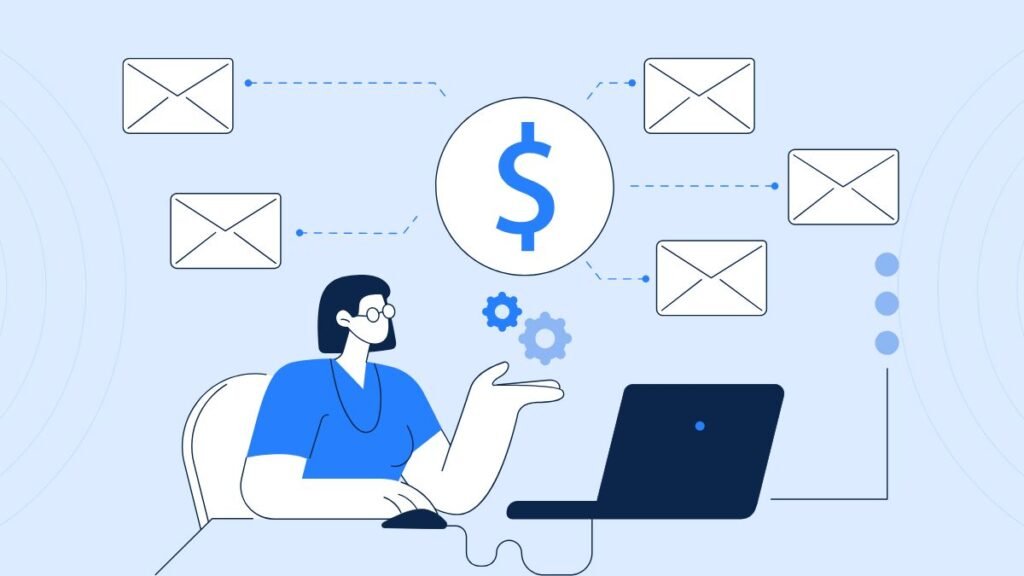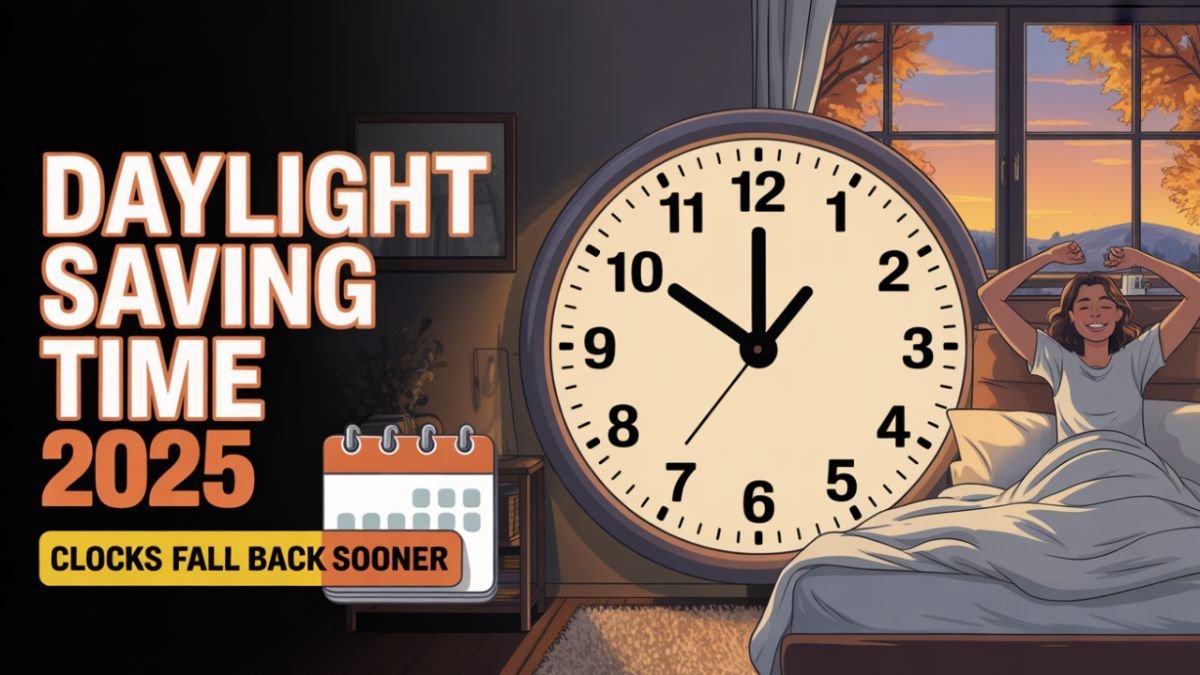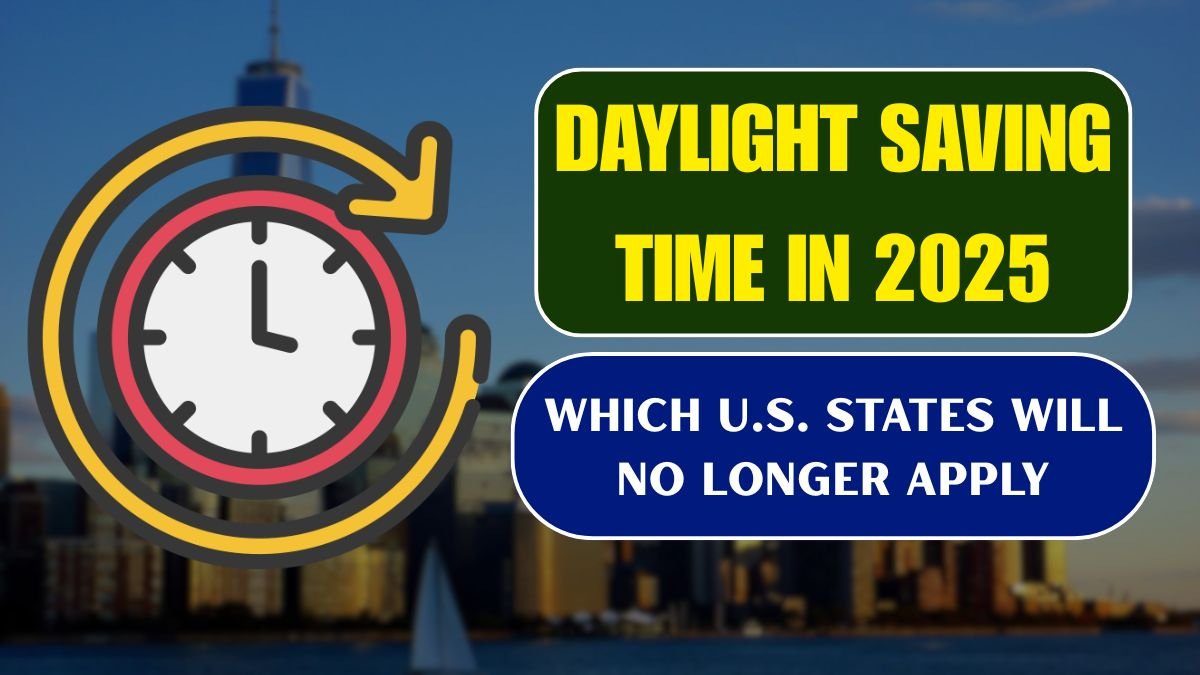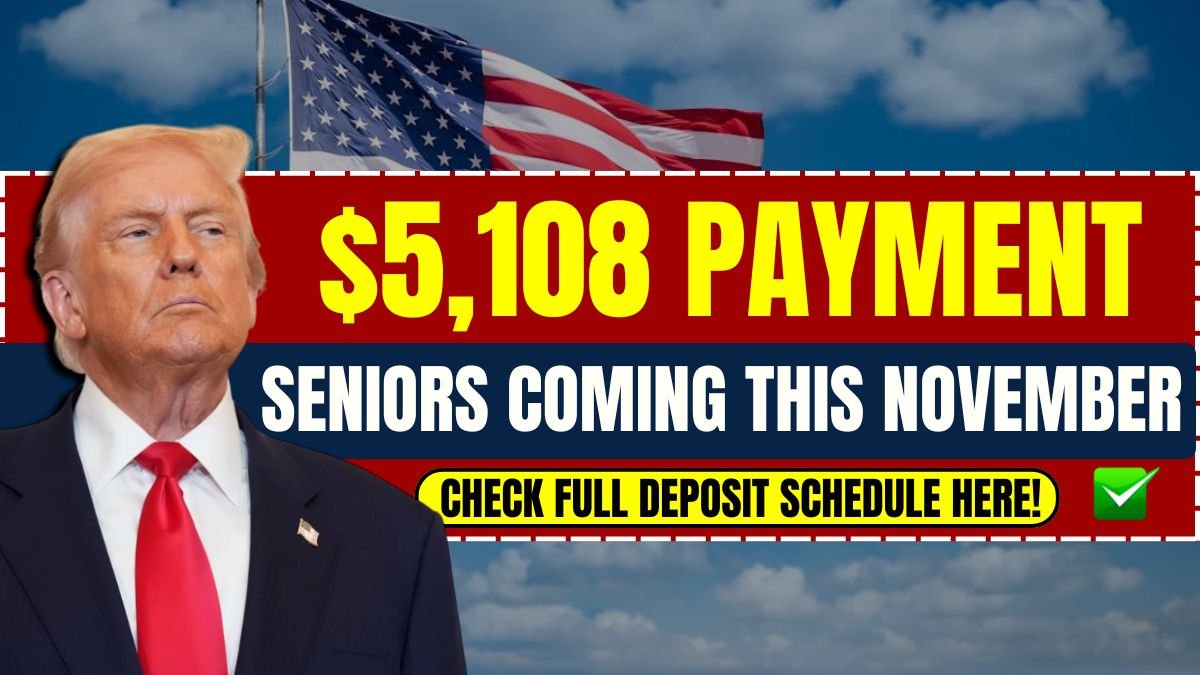$2,000 Federal Direct Deposit Arriving October 2025 – A new wave of economic relief is set to quietly roll out across the U.S. by mid-October 2025. Millions of eligible taxpayers nationwide will receive $2,000 directly into their bank accounts. This amount is not like a traditional “stimulus check,” but its impact will be felt similarly.
The U.S Treasury and IRS have affirmed that it is a one-time federal relief payment, which is meant to overcome the increasing inflation and the cost of living. The action expects to offer certain economic independence to the average citizens during the last months of 2025.
Table of Contents
New Relief Plan—But with Certain Conditions
This payment is offered as part of the Federal Inflation Adjustment Initiative that was passed earlier this year to assist those who have been hit the most by increase in rent, healthcare costs and grocery prices.
This plan is however not comparable to the pandemic stimulus check. This time, nobody has to apply or have to register. Provided you have already completed your tax filing in the year 2024, the IRS is already holding all of the information you require. It will automatically calculate payments depending on your income level and filing status and it will be disbursed in the same bank account as your last tax refund.
The most recent IRS news states that the direct deposits will start on October 15, 2025, and will be carried out in stages until October 25. To the people who do not have the direct deposit option, paper checks or debit cards will be issued during the first week of November.
Who is eligible and how much will they receive?
Now the most important question—who will be eligible for this $2,000 payment?
| Filing Status | Income Limit for Full Amount | Phase-Out Range | No Payment Above |
|---|---|---|---|
| Single | Up to $70,000 | $70,001 – $100,000 | $100,000+ |
| Married (Filing Jointly) | Up to $150,000 | $150,001 – $200,000 | $200,000+ |
| Head of Household | Up to $112,500 | $112,501 – $150,000 | $150,000+ |
The higher the income, the lower the payment. According to the IRS, this reduction will be done using a “gradual phase-out formula,” meaning those near the upper income limit will receive a partial amount.
The eligibility conditions are:
- Valid social security number (SSN)
- Citizenship or Legal Residency of the United States.
- An income of a 2024 tax return falling within these bounds.
How to Track Payments

Two important online tools are availed by the IRS to verify payment status:
- Get My Payment – This will indicate whether your payment has been made, pending or scheduled.
- Where’s My Refund? – This has been revised to indicate the condition of relief payments related to your 2024 tax filing.
In order to access both platforms, you will be required to provide some basic details in the form of SSN or ITIN, filing status and amount of refund. Such systems are updated on a daily basis.
If you don’t receive your payment by mid-November 2025, there’s no need to worry. Such individuals will be able to claim it as a Recovery Rebate Credit on their 2025 tax return filing, as was done during the pandemic.
Why is relief needed again now?
Economic experts at the Federal Reserve and Treasury have been warning for several months that even though inflation has moderated somewhat compared to 2022, essential items—such as food, rent, energy, and healthcare—are still expensive.
To mitigate this problem, the government approved the Federal Inflation Adjustment Initiative, which was recently quietly incorporated into the Budget Reconciliation Framework. This plan aims to provide some relief from inflation—a kind of “bridge payment.”
A Treasury Department spokesperson said, “This is not a permanent solution, but a practical cushion that will give ordinary families some breathing room.” In other words, this payment will provide temporary relief until wages catch up with rising prices.
What is the true value of $2,000?
To be honest, $2,000 isn’t a huge amount, but it matters a lot in today’s times.
For many families, it could cover a month’s rent, two weeks’ worth of groceries, or a winter’s electricity and heating bills.
For retirees or single parents, this amount could help pay a medical bill or defer debt.
There’s also a psychological aspect to this. Amidst the shock of the pandemic, economic instability, and political debate, suddenly seeing a government relief payment in your account instills confidence. It shows that the system is still working and exists to help citizens—without any complicated paperwork.
What to do before your payment arrives
The IRS has provided some important tips for citizens to ensure their payments arrive on time and in the correct account:
- Double-check your direct deposit account information (in your 2024 tax filing or online account).
- If you’ve moved, update your mailing address.
- Check your tax transcript to see if there are any pending taxes or government liens that could reduce your payment.
- Pay attention to your bank notifications between October 15th and 25th—the deposit will be identified as “U.S. Treasury 310 TAX REF.”
- If you’ve recently changed bank accounts, this information can no longer be updated; in such cases, the IRS will send a paper check.
Widespread Impact and Doubt
Economic experts are divided on this plan. Some believe this measure will only provide temporary relief, while others believe it will not permanently reduce real inflation. Critics say this could increase consumer demand, pushing prices higher in areas already facing supply shortages.
On the other hand, supporters point out that prices are still about 17% higher than in 2019, and that government “doing nothing” would have been worse.
In any case, this Launching in October, this program is considered the largest direct payment initiative since the pandemic, targeting approximately 70 million taxpayers.
Conclusion
This move by the US government is certainly a major economic experiment—not a full-blown stimulus, not a full-blown tax credit, but an effort to provide some relief to ordinary people.
$2,000 may not change anyone’s life, but it will certainly provide some stability, confidence, and relief to families—especially at a time when every dollar counts more than ever.
These October payments also send the message that no matter how difficult the circumstances, the government periodically takes steps to support ordinary citizens.
FAQs:
Q. When will the $2,000 payments start?
A. Direct deposits began on October 15, 2025, and will continue through October 25, 2025. Paper checks will follow in early November.
Q. Who qualifies for the $2,000 payment?
A. Eligible taxpayers include low- and middle-income earners who filed a 2024 tax return and meet the income limits set by the IRS.
Q. Do I need to apply for this payment?
A. No. Payments are issued automatically using information from your 2024 tax filing.




